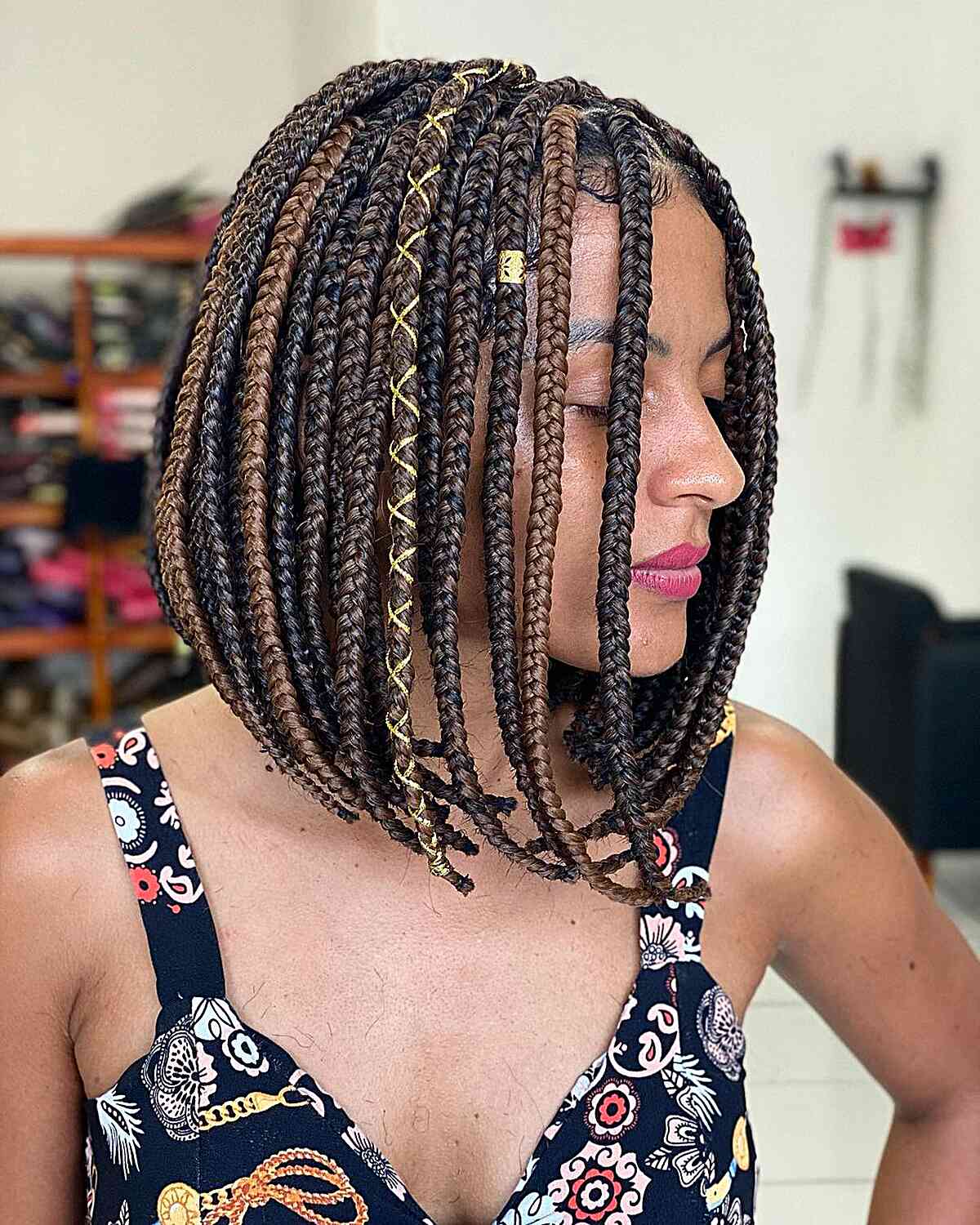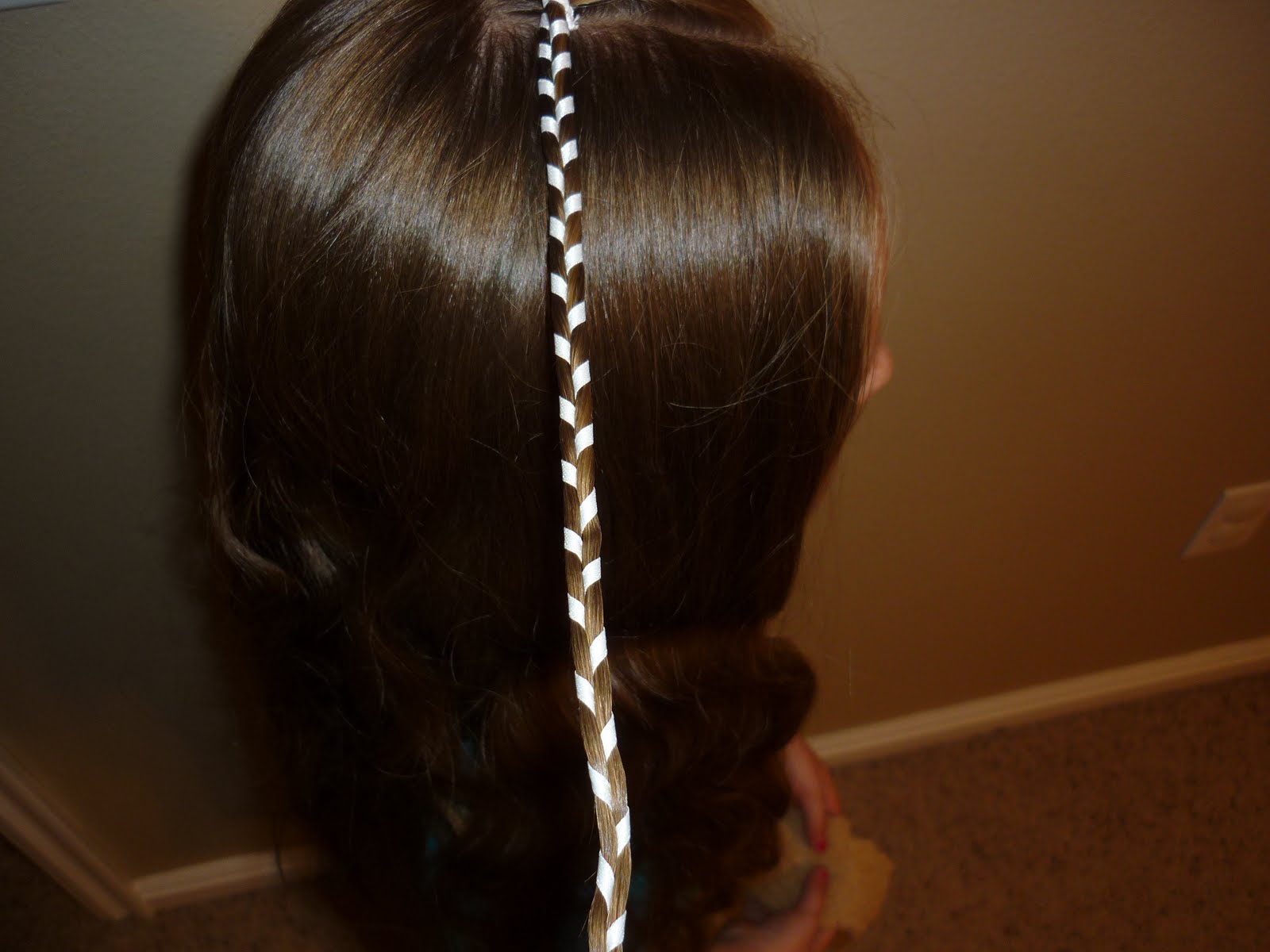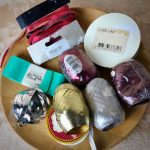I. Introduction: The Artistry of Ribbon Braiding
Ribbons braids, an often-overlooked yet visually striking form of textile artistry, serve as a testament to the beauty and versatility of simple materials when manipulated with skillful hands. These intricate, ribbon-infused hairstyles have transcended time, cultures, and fashion trends, continuously evolving while maintaining their status as elegant accents that add a touch of sophistication and whimsy to any ensemble. This exploration delves into the multifaceted allure of ribbon braids, examining their historical roots, aesthetic versatility, and the techniques that bring them to life.

II. Historical Threads: Ribbon Braids in Cultural Context
A. Ancient Beginnings: From Practicality to Ornamentation
The history of ribbon braids can be traced back to ancient civilizations where braiding was initially employed for practical purposes such as keeping hair tidy and protected during laborious tasks. Over time, as societies developed and aesthetics became more valued, braids were adorned with ribbons and other decorative elements, transforming them into symbols of social status, tribal identity, or religious affiliation. Examples include the elaborate braided hairstyles of ancient Egypt, adorned with brightly colored ribbons and precious metals, and the intricate ribbon-woven braids of Celtic women, symbolizing their connection to nature and spiritual beliefs.
B. Renaissance Revival: A Flourishing Art Form
During the Renaissance, ribbon braids experienced a resurgence in popularity, becoming integral components of aristocratic and courtly fashion. Elaborate coiffures, often incorporating intricate ribbon braids, were considered markers of wealth, elegance, and intellectual refinement. This period saw the development of sophisticated braiding techniques and the use of luxurious silk ribbons imported from the Far East, further elevating the art form.
C. Victorian Elegance: Ribbon Braids as Romantic Expressions
In the Victorian era, ribbon braids took on a more romantic character, reflecting the period’s emphasis on sentimentality and propriety. Hair was intricately styled with soft, pastel-colored ribbons, often woven into braids or used to tie up chignons and buns. These delicate accents not only added visual appeal but also served as subtle expressions of personal style and emotion, with different ribbon colors and patterns carrying symbolic meanings.

III. Aesthetic Versatility: Ribbon Braids in Modern Times
A. Fashion Runway Inspirations: From Couture to Ready-to-Wear
In contemporary fashion, ribbon braids continue to captivate designers and stylists, who incorporate them into runway shows and editorial spreads. High-end couture houses like Chanel, Dior, and Valentino have featured models sporting elaborate ribbon-braided hairstyles that seamlessly blend vintage charm with modern minimalism. Meanwhile, ready-to-wear collections and street style influencers showcase more accessible, playful interpretations, demonstrating the adaptability of ribbon braids across various fashion genres and personal styles.
B. Bridal Beauty: Ribbon Braids as Timeless Traditions
Ribbon braids hold a special place in bridal hairstyling, evoking timeless romance and ethereal grace. Whether woven into loose, bohemian-inspired fishtail braids or adorning sleek, polished updos, ribbons in soft hues or metallic sheens add a touch of enchantment to wedding-day hairstyles. Moreover, the tradition of incorporating “something blue” into a bride’s attire is often fulfilled through the strategic placement of a blue ribbon within a braid, symbolizing love, fidelity, and good luck.
C. Cosplay and Fantasy Hairstyles: Ribbon Braids as Creative Expression
In the realm of cosplay and fantasy hairstyling, ribbon braids serve as essential tools for transforming individuals into beloved characters from literature, film, and video games. The vibrant colors, textures, and patterns of ribbons enable enthusiasts to recreate intricate, storybook-inspired hairstyles that perfectly capture the essence of their chosen personas. This creative application of ribbon braids underscores their ability to transcend the boundaries of traditional fashion, becoming vessels for imaginative self-expression and immersive storytelling.

IV. Techniques and Tutorials: Mastering the Art of Ribbon Braiding
A. Basic Braiding Techniques: A Foundation for Creativity
To fully appreciate and harness the beauty of ribbon braids, one must first master the fundamental braiding techniques: the three-strand braid, French braid, Dutch braid, fishtail braid, and four-strand braid. Each method offers a unique texture and visual impact when combined with ribbon, providing a solid foundation for more complex and innovative styles.
B. Incorporating Ribbon: Tips and Tricks
Successfully integrating ribbon into a braid requires finesse and a few key techniques. These include prepping the ribbon by ironing it flat to minimize bulk, securing the ribbon’s ends with clear elastic or fabric glue to prevent fraying, and strategically weaving the ribbon in and out of the hair strands to create a seamless, polished look. Experimenting with different ribbon widths, colors, and textures can further enhance the visual appeal and personalize the final result.
C. Advanced Techniques and Inspiration: Pushing the Boundaries
For those seeking to push the boundaries of ribbon braiding, exploring advanced techniques such as lace braids, waterfall braids, and rope twists can yield stunning, intricate styles. Additionally, combining ribbon braids with other hair accessories like flowers, beads, or hairpins can create breathtaking, multidimensional looks. Online tutorials, workshops, and social media platforms like Instagram and Pinterest offer endless inspiration and step-by-step guidance for mastering these techniques and staying abreast of emerging trends.

V. Ribbon Braids as a Reflection of Personal Style and Identity
A. Self-Expression through Color and Texture One of the most captivating aspects of ribbon braids lies in their ability to serve as a canvas for individual self-expression. The vast array of ribbon colors, patterns, and textures allows wearers to craft hairstyles that genuinely reflect their personalities, moods, or artistic inclinations. Bold, vibrant hues can exude confidence and playfulness, while muted, pastel shades may convey a sense of whimsy or understated elegance. Textured ribbons, such as those with metallic accents, glitter, or lace detailing, can add a touch of luxury or avant-garde flair to a braid, further enhancing its uniqueness.
B. Cultural Significance and Heritage Celebration Ribbon braids can also serve as a means of celebrating and preserving cultural heritage. In many communities, specific braiding techniques or ribbon patterns hold deep-rooted symbolic meanings or are associated with traditional ceremonies and rituals. By incorporating these elements into their hairstyles, individuals not only pay homage to their cultural backgrounds but also contribute to the preservation and promotion of intangible cultural heritage. Furthermore, ribbon braids can facilitate intercultural exchange, fostering understanding and appreciation for diverse traditions and aesthetics.

VI. Conclusion: Embracing the Timeless Charm of Ribbon Braids
Ribbon braids, with their rich historical heritage, aesthetic versatility, and capacity for creative expression, stand as enduring symbols of elegance and beauty. As we continue to celebrate and evolve this art form, it is clear that ribbon braids will remain a cherished adornment, seamlessly blending tradition with innovation and captivating hearts across generations. By embracing the timeless charm of ribbon braids and harnessing their potential, both novice and seasoned stylists can unlock a world of endless possibilities, transforming simple strands of hair and ribbon into captivating, elegant accents.

